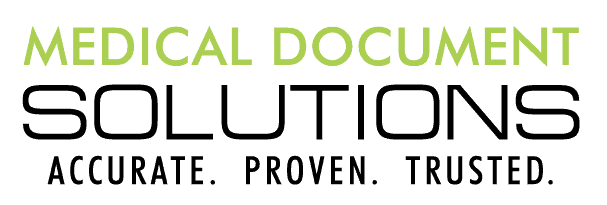Virtual. Remote. Contact-less. Whatever term you have embraced since the pandemic began, the necessity of in-person encounters in healthcare is experiencing a drastic reduction.
In the last several months, Epic and Cerner have both accomplished virtual EHR migrations to their platforms. The College of Healthcare Information Executives (CHIME) is requesting HHS, CMS, and OCR extend the telehealth flexibilities provided under the public health emergency so virtual care can continue as a health care delivery modality; and hospital systems across the country are ending property leases to allow workers forced to their homes to remain there permanently due to COVID-19.
With all areas of the healthcare ecosystem making virtual integration moves, the post COVID-19 landscape will look quite different from the one present at the beginning of 2020. As a healthcare managed services organization utilizing a “virtual model” since inception, below are a few thoughts on the shifts we’re seeing and what we hope continues to evolve.
It’s All About Relationships.
It’s a true statement that we have not met most of our clients in person. It’s also a true statement that our clients are our greatest referral source and cheerleaders. Be it patients, employees, or third party business associates, healthcare is all about relationships, and this is even more true when your interactions are not of the face-to-face variety.
Existing platforms for video conferencing, such as Zoom, and remote desktop applications for screen sharing allow for quick responsiveness, rapport building, and virtual “at the elbow” support. Others, such as athenahealth, who just launched their first telehealth solution embedded into their EHR platform, are rapidly developing and deploying applications to strengthen their clients’ ability to perform services remotely.
MDabstract utilizes a combination of virtual methods to meet with clients from all corners of the United States and provide both go-live and ongoing abstraction, migration, and mining services. We’re excited to see what new tools develop for healthcare conferences, client interaction, and healthcare data integration that take virtual relationship building and patient engagement and data connectivity to the next level.
Efficiency. Efficiency. Efficiency.
Efficiency is high on the list of reasons MDabstract chose a remote model from the onset.
There are numerous efficiencies to be realized from a move to virtual and much of it has to do with time and cost savings. For starters, patients eliminate travel and waiting room time for doctors’ visits, hospital systems reduce travel and hotel costs for third party vendors, and healthcare service providers can help more clients in a day.
In an era of rapidly rising healthcare costs, time and money savings are a game-changer and will ultimately provide a much-needed win as we continue to make the transition to value-based payment models. There’s also hope that the issue of provider burnout can be further addressed through remote solutions.
Into the Unknown.
How much will permanently shift to a virtual modality in healthcare remains to be seen. COVID-19 prompted an “act now, ask questions later” response, and patients, health systems, and healthcare business associates all had to shift overnight. For some, it was seamless and for others, it’s still very much a work in progress.
While there are many unknowns, we have one guarantee: If you’re looking for a healthcare EHR data migration partner that’s an expert in remote service delivery, we have a video conference link ready for the introductory meeting and look forward to chatting with you soon.




